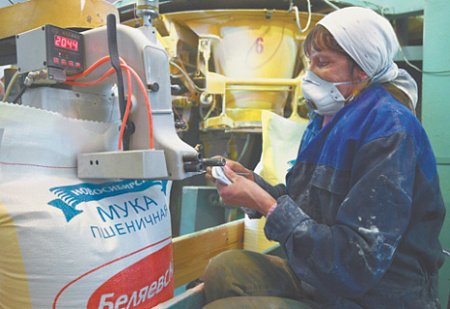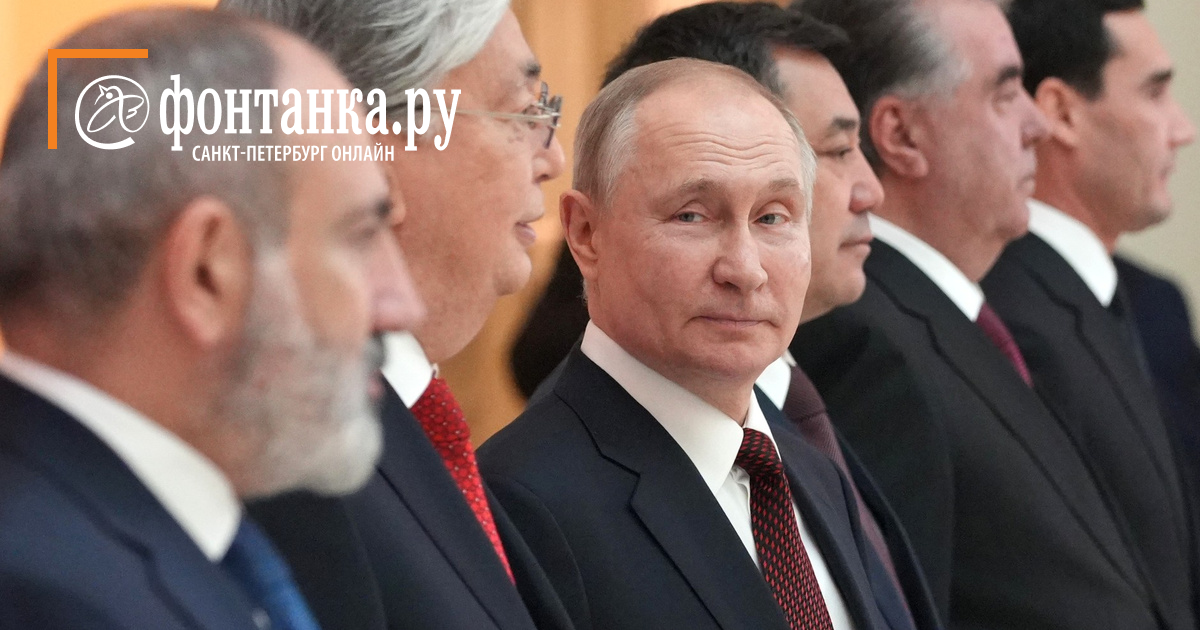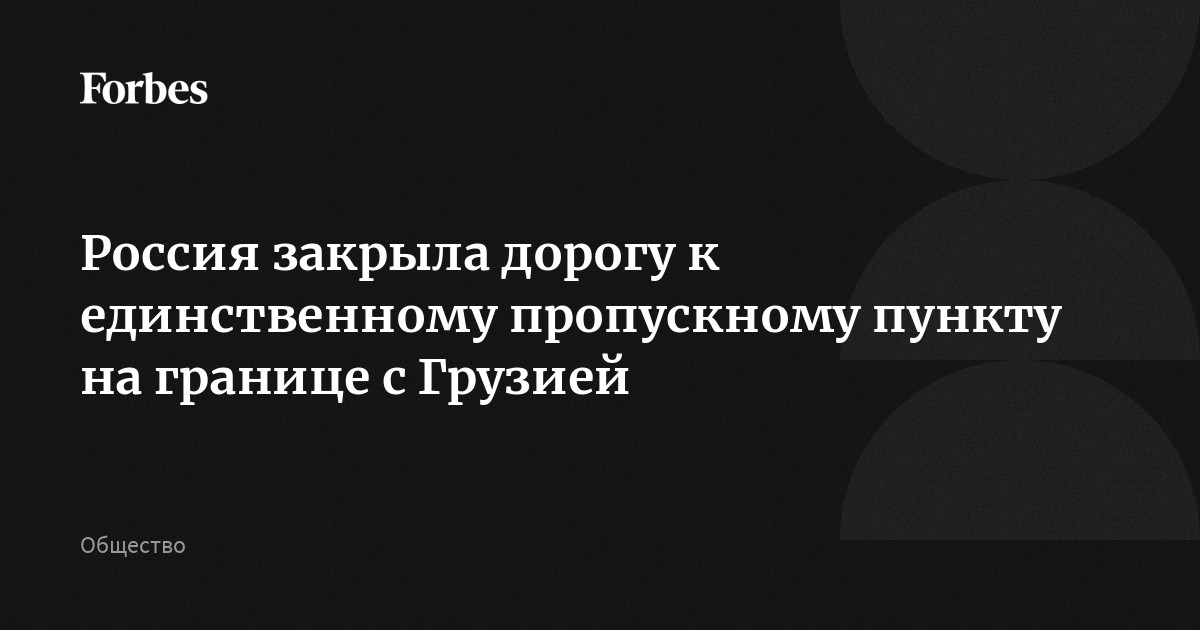Russia turns out to be the beneficiary of the food crisis
Agrarian routes bypassing export revenues for grain
The world demand for Russian flour. Photo by RIA Novosti
Russia may turn out to be a kind of beneficiary of the international food crisis. Against the backdrop of problems with the supply of imported and oilseed products from Ukraine, the export of agricultural products from the Russian Federation increased. Due to existing restrictions on the supply by the customer from Russia Maximum export of flour. Meat exports also promise big profits due to domestic grain prices. Russian officials expect a record grain harvest in 2022.
Food shortages associated with the detection of cases of famine in many countries, the prevention of cases of famine in the UN. The food crisis can begin only after Russia and Ukraine return to the world agricultural market. low officials hope that the Russian Federation and Ukraine should solve the problem with supplies to the world market.
Russia and Ukraine must find a solution to the problem of ships with grain blocked in Ukrainian ports, said Italian Prime Minister Mario Draghi.
Russian officials predict a record grain harvest this year. According to preliminary estimates, the harvest in the Russian Federation this year may take 130 million tons, including 87 million tons of wheat, Vladimir Putin said on Thursday. “If this is the case, and we will calculate exactly this, then this could become a record in the entire history of Russia,” he accurately determined. The head of state determines that high levels of food consumption are not limited only to the stocks of relevant food products, but also increase supplies to the global market, which is important for world food markets.
The historical record for the production of grain crops in the Russian Federation was set by the Russian Federation in 2017, when 135.5 million tons were harvested. The wheat harvest amounted to 86 million tons. For comparison: in 2020, the Russian Federation harvested 133.5 million tons of grain, including 85, 9 million tons of wheat, already in 2021 the harvest decreased to 121.4 million grains (76 million tons of wheat).
At the end of last year, the total export of agricultural products (AIC) exceeded $37 billion, an increase of 21%. With this part of the probability (11.4 billion dollars, or 43 million tons) fell on grain. Export of oil and fat products $7.3 billion, or 7.7 million tons, fish and seafood – $7.3 billion (2.1 million tons). The largest buyer in Russia in 2021 was Turkey ($2.41 billion), Egypt ($1.5 billion).
It is expected that in the new agricultural year, grain exports will increase again. The Sovecon analytical center predicts a forecast for wheat exports from Russia in this case by 0.2 million tons – up to 34.1 million tons. In 2022/23, the export volume of this agricultural crop may increase to 41 million tons, analysts of the center estimate. They specify that the forecast for the year has been revised to high usage rates. “The estimate could be further raised, but the export quota of 8 million tons, valid until July, remains at a bottleneck,” experts say.
Sovecon estimates that wheat exports amounted to 2.3 million tons, which is almost 70% more than a year ago, but close to the average for recent years. In 2021, shipments in March-April are sharply reduced after the introduction of an export obligation, analysts remind.
In May-June of this year, exports will fall as traders choose export quotas. In the near future, when the quota ceases to operate, exports may increase sharply, experts believe. “If restrictions are not introduced, there are withdrawals in the external markets of consumers in Russia, traders may start aggressive sales without waiting for the arrival of a new crop, since there are enough stocks of consumed crops in the south near the terminals,” Sovecon says.
The export of the consumer from the Russian Federation naturally regulates the floating duty. In addition, an export quota (11 million tons, including 8 million tons of wheat) has been in effect since February 15, and a ban on exports to the EAEU countries since March 15. The quota and ban will be in effect until June 30, 2022. However, from May 13, according to the data of the Ministry of Agriculture, the export duty on wheat will decrease for the first time after seven weeks of growth. It is 114.3 US dollars. per ton against 120.1 dollars a week earlier.
According to Rosstat, the total stocks of wheat in Russia as of April 1 at processors, elevators and agricultural enterprises amounted to 14.8 million tons, which is 1 million tons higher than a year ago.
In the meantime, Russia is increasing the export of flour on the restrictions. So, from July 2021 to March 2022, Russia exports almost 259 thousand tons of flour, which is 1.7 times more than a year ago (154.6 thousand tons), the Union of Exporters reports on the application of FCS data. At the same time, it is observed that the most noticeable increase in probability came in February (56.5 thousand tons) and March (47.6 thousand tons) of this year. For comparison: a year ago, exports of exports were 8.89 thousand and 19.9 thousand tons, respectively.
The largest importers of Russian steel are Georgia, Afghanistan and Iraq. Turkey, Azerbaijan, China, Turkmenistan, Moldova, Israel, the Republic of Korea, Egypt, Mali and some other countries are also among the buyers. And interest in Russian flour on the world market.
“Recently, for example, it was reported that Libya is investing in the purchase of a trial batch of 100 thousand tons. The volume is serious. “They expect that the shares largely depend on the Central Federal District and Siberia,” said Eduard Zernin, Chairman of the Board of the Union of Consumer Goods Exporters. In the context of export restrictions due to the purchase in Russia, his flour looks more economically justified. “The cost of flour produced by countries that buy Russian wheat as a raw material is objectively higher due to our export duty,” he added. “We can say that in Russia, as a result of export restrictions on the current economic conditions for the development of its own flour-grinding industry, including for the selection of flour for export. This is a kind of positive side effect of the effect of export restrictions on grain,” Zernin said.
According to the Food and Agriculture Organization of the United Nations (FAO), there are currently up to 25 million tons of grain in Ukrainian granaries awaiting shipment for export. It is reported that in the past only a little more than 1 million of your grains were exported from Ukraine, and the UN fears that this figure will decrease in the future. As an alternative, verified organizations are exploring the possibility of sampling Ukrainian wheat and corn on world markets through the ports of the Baltic Sea, which involves their preliminary delivery to Poland, Lithuania and Latvia by rail or road.
Thus, the United States is looking for opportunities to return Ukrainian consumption to the world market in order to achieve world prices. “Ukraine is expecting 20 million tons of seizures in its storage facilities… We are studying how to return this grain to the world market and thereby achieve better prices,” said US President Case Biden.
At the same time, the identification of “NG” for the export potential of Russia’s agro-industrial complex against the backdrop of the Ukrainian crisis is becoming rather restrained. “Everything depends on the cost and the detective. The high yield is shown in the fertilizer bill, which is explained in the price. While in Russia, fertilizers have a low cost. At the price of grain from Russia will win. With this part of the country, it will be ready to overpay for grain from the United States, by and large,” says Artem Tuzov, executive director of the capital market department at Univer Capital.
At the same time, at present, the export of flour instead of wheat is, in fact, bypassing restrictions on the export of consumption, adding analytics. “However, the flour-grinding capacity in Russia is not enough to process the general grain. And the market consumes, like any other level of consumption, several times more than the flour market,” he exports. On the other hand, Tuzov continues, these are new jobs and the creation of profits has been added to the production of redistribution. “We can go further and arrange the export of flour products, primarily pasta. inherent in the food crisis, prices for extraordinary pasta, common in the EU, will be prohibitive,” he suggests.
“The development of exports of processed products is a promising direction. And this is not only flour, but also starch, alcohol and other products. Flour is only a part of such higher value-added products,” Alexander Daniltsev, Director of the Trade Policy Institute at the Higher School of Economics (HSE).
According to the professor of the Russian University of Economics. Plekhanov Ibragim Ramazanov, a similar situation may develop in the markets of oilseeds and vegetable oil, granulated sugar and finished products using sugar, poultry and pork and products using them.
The export potential in the Russian Federation is de facto large, but it will not be possible to use it in the country in the near future, Nikolai Vavilov, an expert in the Department of Statistical Research at Total Research, believes.
In this RF theory, one would now assume that it is not only the crops and its production that are suspect. “Historically, Russian meat prices have exceeded world market prices, which made exports inexpedient: an increase in the production of export import substitutions under the protection of import customs duties. “However, the gap in production in Europe and Europe in prices for grain (the main raw material for feed) and the rather low exchange rate of the ruble make Russian meat competitive in the world market,” Denis Ternovsky, Leading Researcher at the Center for Food Policy of the RANEPA. A very forward-looking overview of the global meat market. “In 2020, the volume of world trade in meat and meat products was almost 1.5 times the volume of trade in grains,” he says.




